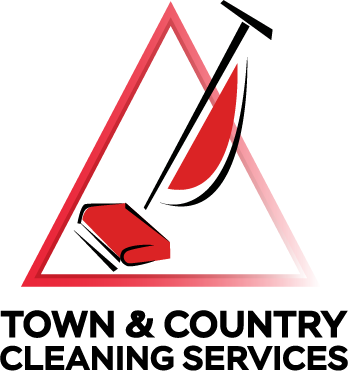We have been hearing a lot about disinfecting our homes or businesses to keep us safe during the pandemic. People often use the terms sanitize, disinfect, and sometimes, even sterilize interchangeably. They are not interchangeable. There is confusion even within the industry, yet each has a specific meaning and place in infection control. So, let’s see if we can clear up some of the confusion.
Cleaning. Cleaning should always be the first step in disinfecting or sanitizing.
Caution: a cluster of microbes can form a protective (i.e., hard-to-remove) biofilm. This can make both cleaning and future disinfection more difficult or less effective.
Sanitizing
Sanitizing generally means to bring a surface or environment to a level that is considered safe for human health. In normal, non-pandemic, times, good cleaning is often enough to achieve this level. Technically it means to reduce microorganisms (but not necessarily kill them) by 99.9%, or 99.999% in the food service industry. Products that claim to sanitize may not kill the Sars-Cov-2 unless it is specifically claimed on the product label. Products that claim to be sanitizers are regulated by the EPA under the Federal Insecticide, Rodenticide, and Fungicide Act (FIFRA).
Disinfecting
In order for a product to claim to be a disinfectant, it must prove to have a log 6; i.e., 99.9999% kill rate for the targeted organisms. In order for a disinfectant to be effective, it must be applied to a clean surface and must stay wet for a prescribed amount of time, known as dwell time. The dwell time will vary with different disinfectants and even with the same disinfectant, dwell times will vary depending on the pathogen you are targeting. Spraying a disinfectant on a surface and wiping it up is not disinfecting. There is evidence that improper use of disinfectants may contribute to germs becoming resistant to the disinfectants, and possibly, to the antibiotics used to treat them as well. Keep in mind that these are strong chemicals, regulated as pesticides by the EPA under FIFRA. Properly used, they can save lives and provide safety, but keep in mind these are biocides; i.e., they kill life, and excessive exposure should be avoided.
Sterilizing
Sterilizing means to remove and eradicate 100% of microbes and their spores. Sterilizing chemicals are extremely strong and are used primarily in medical facilities. These are not appropriate for home use. If someone is offering to sterilize your home, they are using the wrong term.
Conclusion
We hope this helps clear the air on this important, but confusing, subject. If you have questions on the correct sanitizing and disinfecting protocol for your home, give us a call. We are always ready to help.

